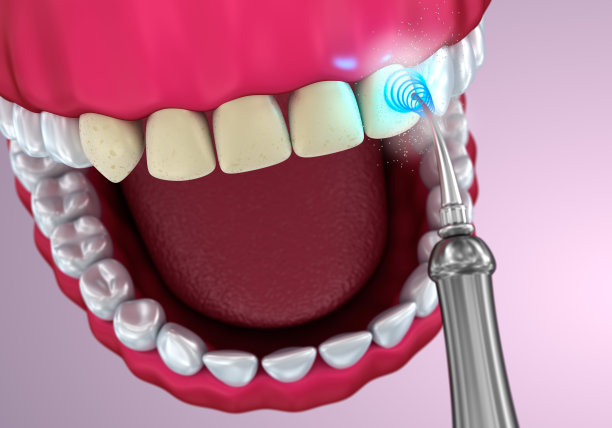The Essential Guide to Understanding the Tooth Extraction Process and What to Expect Before and After
Summary: Tooth extraction is a common dental procedure that can cause anxiety for many patients. Understanding the process, preparing for the procedure, and knowing what to expect during recovery can help ease these concerns. This article covers four critical aspects of tooth extraction, including the reasons for extraction, the procedure itself, post-operative care, and potential complications. Each section provides practical information and insights to ensure that patients feel comfortable and informed throughout the entire experience. By demystifying the extraction process, individuals can approach their dental appointments with confidence and a better understanding of what lies ahead.
1. Reasons for Tooth Extraction: Understanding the Need

Tooth extraction is often deemed necessary for various reasons. One primary reason is severe tooth decay that cannot be repaired with fillings or crowns. When decay penetrates deeply into the tooth structure, extraction may be the only viable option to prevent further infection.
Another common reason for tooth removal is periodontal disease, which affects the gums and surrounding tissues. If the infection becomes advanced, it can lead to bone loss, making extraction necessary to protect the overall health of the mouth.
Additionally, wisdom teeth often require extraction, especially when there is insufficient space for them to erupt properly. Impacted wisdom teeth can cause pain, swelling, and even misalignment of adjacent teeth, making their removal crucial for maintaining oral health.
2. The Tooth Extraction Procedure: What to Expect
The tooth extraction procedure typically begins with an evaluation by the dentist, who will discuss the patient’s medical history and assess the condition of the affected tooth. Following this, X-rays may be taken to gain a clearer view of the tooths root and surrounding bone structure.
Before the procedure, local anesthesia is administered to numb the area around the tooth, ensuring that the patient feels no pain during extraction. For more complex cases, sedation may be used to help the patient relax during the process.
During the actual extraction, the dentist will carefully loosen the tooth from its socket using specialized instruments. Once the tooth is free, it will be gently removed. In some cases, the dentist may need to take additional steps, such as cutting through the gum tissue or bone, especially for impacted teeth. The procedure usually lasts about 20 to 40 minutes, depending on the complexity.
3. Post-Operative Care: Facilitating Recovery
After a tooth extraction, proper post-operative care is essential for a smooth recovery. Patients will receive instructions on how to manage pain and swelling, typically involving the use of over-the-counter pain relievers and ice packs for the first 24 hours.
It’s vital to follow dietary restrictions as well; patients are usually advised to stick to soft foods and avoid anything hot, spicy, or crunchy for a few days to limit irritation to the extraction site.
Additionally, maintaining oral hygiene is crucial but should be approached with caution. Gently rinsing the mouth with warm salt water can help keep the area clean without disrupting the healing process. Patients should avoid vigorous rinsing or spitting for the first few days to prevent dislodging the blood clot essential for healing.
4. Complications After Tooth Extraction: Being Aware
While many patients recover without issues, it is crucial to be aware of potential complications following a tooth extraction. One concern is dry socket, a condition that occurs when the blood clot at the site of the extraction fails to form or dislodges. Symptoms include severe pain that may radiate to the ear, and it typically occurs a few days after the extraction.
Infection is another risk, which can manifest through increased swelling, redness, and pus at the extraction site. Prompt communication with the dental professional is necessary if any signs of infection arise.
Lastly, bleeding that continues beyond the first few hours can signal a problem. While minor bleeding is expected, excessive bleeding may require medical attention. Overall, being informed and attentive to one’s body can help in managing any complications efficiently.
Summary:
Understanding the tooth extraction process is key to alleviating anxiety and ensuring a smooth experience. By familiarizing yourself with the reasons for extraction, the procedure itself, post-operative care, and potential complications, you empower yourself to take control of your dental health. This preparation not only eases fears but also promotes a more positive recovery experience following extraction.
This article is compiled by Vickong Dental and the content is for reference only.


